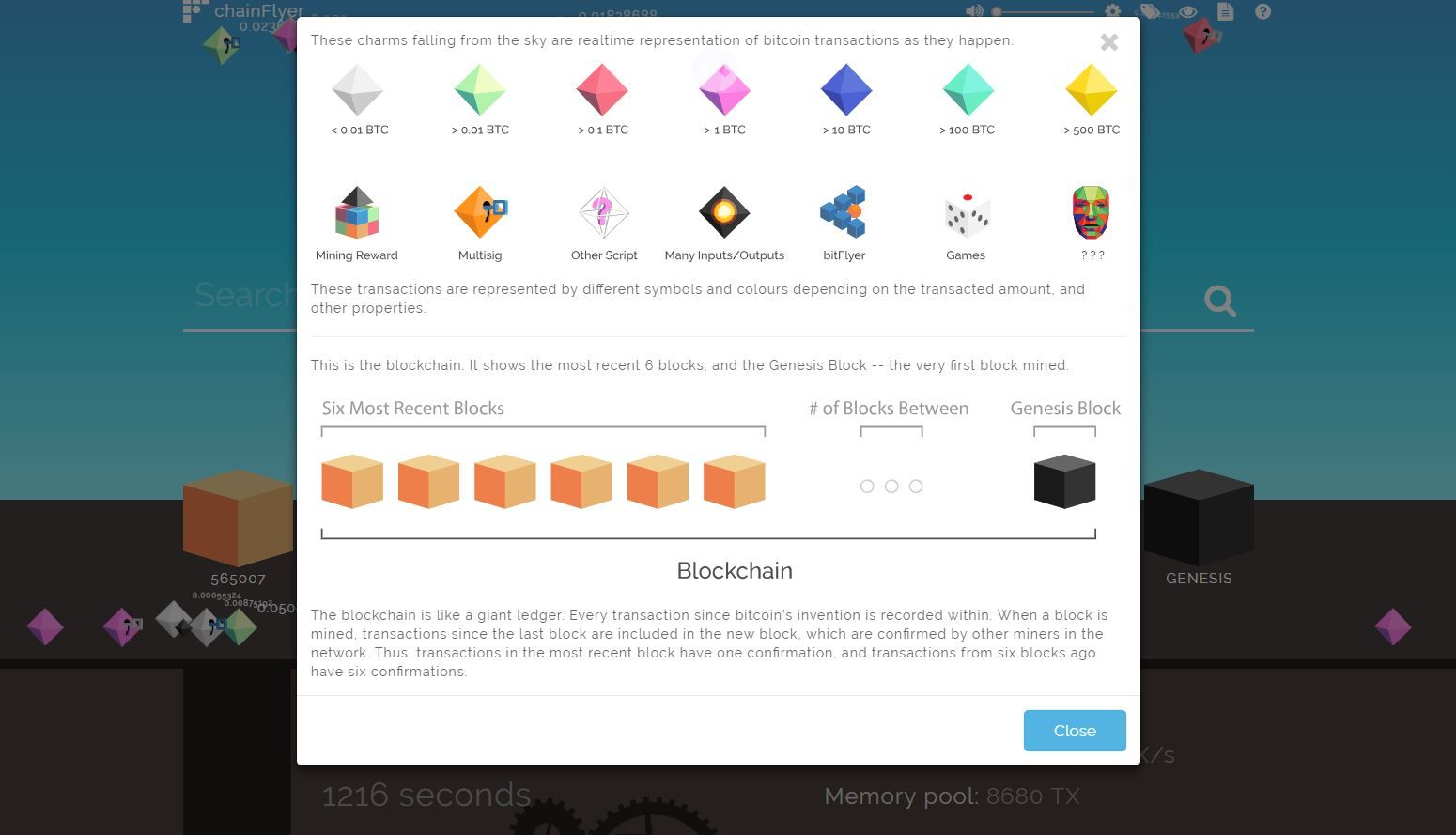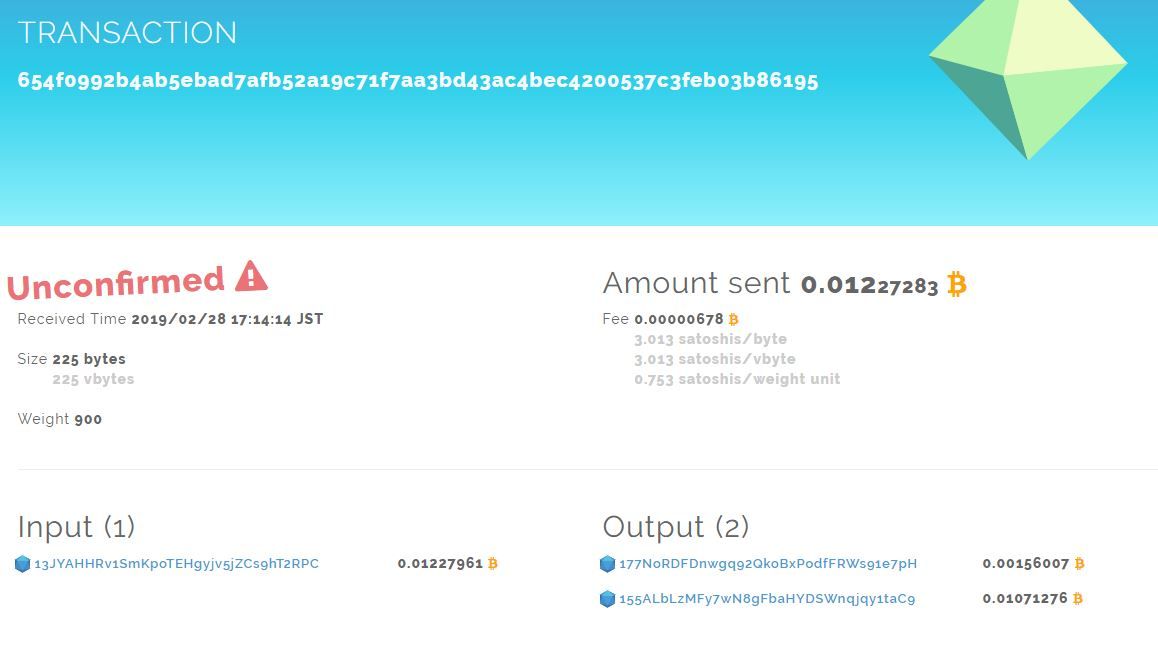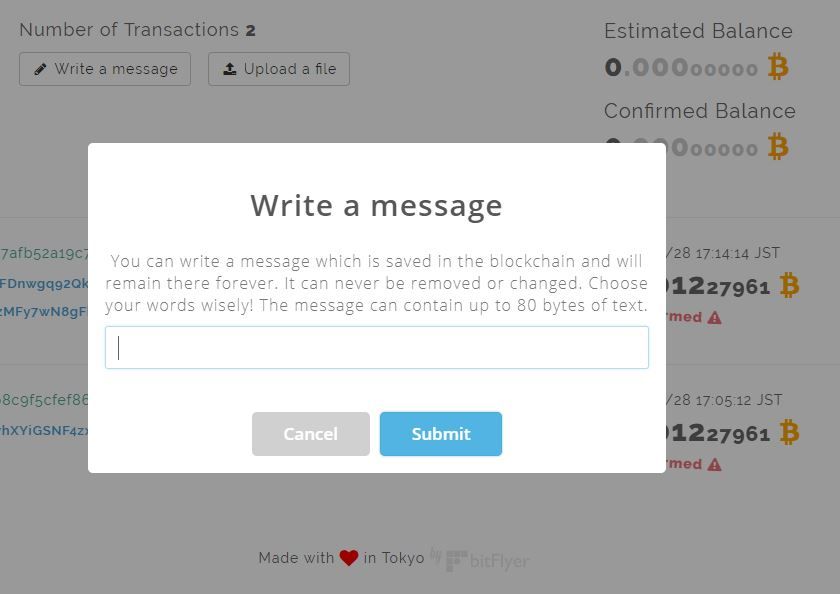Cryptocurrencies, and in particular Bitcoin (BTC), are helping facilitate technological innovations in all manner of sectors. Getting an insight into the record-keeping technology behind Bitcoin, known as blockchain, can help people understand more about how their investments are working.
Only now becoming more widely understood, the impact of blockchain technology is enormous, with wide-scale reform that has begun with the financial services industry, but will soon reach further into other businesses and industries. With some basic knowledge, you will be able to understand how your trades work and why some cryptocurrencies are more sought after than others.
With bitFlyer’s product chainFlyer, you can examine the Bitcoin blockchain, explore Bitcoin blocks, following trades made in real time, and the addresses of the people making them! So let’s take a look at how blockchain works and how chainFlyer can give some concrete insights into the world of blockchain and crypto trading.
What is blockchain and how does it work?
Blockchain is a distributed, decentralized and tamper-proof public ledger, which is spread across a network of peers. These peers each hold a copy of the complete ledger. In general, six confirmations in the network are required to consider a transaction final. Needless to add, once data is added to the blockchain, it is almost impossible to change, which is one of the key features that proponents see as important in the fight against practices such as corruption. More info about blockchain in our dedicated article.
Although commonly associated with Bitcoin, blockchain powers hundreds of other applications. Bitcoin is just the first and most well-known. Becoming complicated? No problem - the fundamental concepts behind blockchain can be better understood by looking at the following example.
Picture this- blockchain is similar to a Google spreadsheet that contains information about all transactions. This spreadsheet is shared among different networks of computers. Anyone can access it but nobody can edit it. Meanwhile, Bitcoin is like one of the dozens of sheets within the spreadsheet.
What is chainFlyer and how can it be used?
chainFlyer is a Blockchain explorer tool, which was specially created for those who want to get more of an insight into how people are trading BTC, or want to know what the Bitcoin blockchain process looks like. In other words, it's a Bitcoin block explorer.
On the chainFlyer main page, you can see individual transactions, represented by falling crystals. Each crystal represents one transaction, and their different designs show information such as:
- Multi-sig transactions;
- Mining rewards;
- Amount exchanged;
- Transactions from bitFlyer’s own platform.

Once you know which type of crystal you are exploring, you can click on it to get in-depth details about the addresses attached to the particular transaction.
The blocks (seen above), representing a set of transactions that have occurred on the blockchain, can also be opened up by clicking on them. Inside you can see all transactions that have taken place, with amounts, destinations and transaction fees paid.

Each transaction inside a block can also be explored to see the split between transaction and transaction fees, the number of confirmations and so on.
As a Bitcoin block explorer, this tool is a great demonstration of how scalable and transparent the blockchain system is. In short, with chainFlyer, you can see BTC transaction history, which includes the following:
- Date and time when the particular transaction took place;
- Who the transaction went to/came from;
- How much was sent or received;
- How many transactions were made;
- The current balance;
- How many confirmations the associated transaction has received.
How to Use chainFlyer to get the needed information about a particular BTC address
- Visit chainFlyer's homepage
- Currently, chainFlyer supports two languages- Japanese and English. Click on the Setting icon and select the language you want to use;
- Enter the Bitcoin address you would like to check into the search bar, located in the middle of the screen (for example 13JYAHHRv1SmKpoTEHgyjv5jZCs9hT2RPC) and click Enter;
- Once entered you will be able to see a list of all transactions which have taken place. If you would like to check the specific date, you can go to the Bitcoin audit tool and set your search parameters.

By the way, there’s one more exciting thing which you can do - write a message and send it to the blockchain. However, it is important to note that you won’t be able to remove it. Sounds incredible, doesn’t it?
Here’s what you need to do: click Write a message.
You will see this window. Once you have written something, click Submit.

Key Takeaways
chainFlyer is a great demonstration of how scalable, transparent and revolutionary the Blockchain technology can be. Diving deeper is a great option for those interested in this technology or who simply want to improve their investing by watching trends associated with successful BTC addresses.





